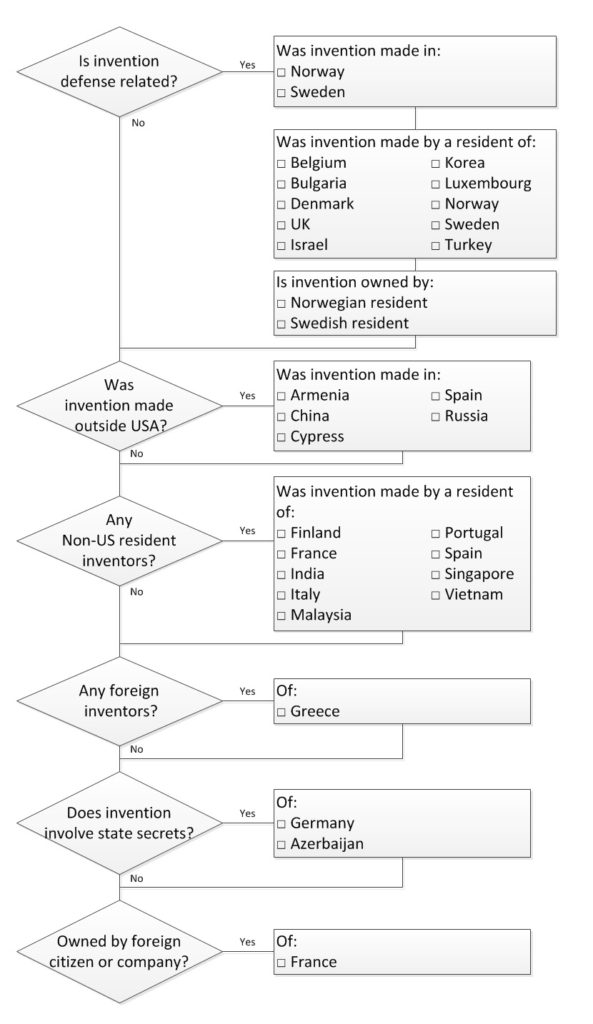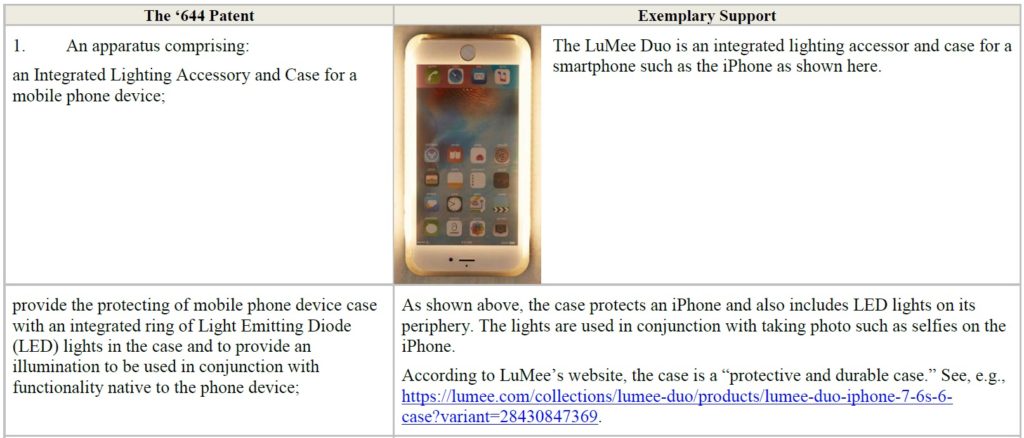In Amgen Inc. v. Hospira, Inc., [2016-2179] (August 10,. 2017), the Federal Circuit dismissed Amgen’s appeal of the district court’s denial of its motion to compel for lack of jurisiction, and rejected Amgen’s petition for mandamus to compel the discovery.
The parties’ dispute arises from the disclosure requirements
of the BPCIA, which the Supreme Court recently explained:
The BPCIA sets forth a carefully calibrated scheme for preparing to adjudicate, and then adjudicating, claims of [patent] infringement resulting from the approval of “biological products” by the federal Food and Drug Administration (“FDA”).
Hospira is attempting to market a biosimilar to Amgen’s EPOGEN® product, and was resisting disclosure of the cell culture medium used in the manufacture of its product, while Amgen was arguing that this was part of the “the process . . .used to manufacture the biological product” that the BPCIA required disclosure.
The Federal Circuit noted that ordinarily, an appeal must be from a “final” judgment that ends the litigation on the merits and leaves nothing for
the court to do but execute the judgment. The collateral order doctrine provides a narrow exception to this general rule, but the Federal Circuit found that the denial of Amgen’s motion to compel did not fall within this narrow exception because it was not “effectively unreviewable on appeal from a final judgment.
Amgen alternatively sought mandamus under the All Writs Act ordering the district court to compel discovery. The Federal Circuit observed that mandamus is a drastic remedy reserved for the most “extraordinary causes.” Amgen would have to show that it has no other adequate
means to attain the desired relief, and must demonstrate that its right to the writ’s issuance is “clear and indisputable.”
The Federal Circuit agreed with the district court that Hospira’s
cell-culture media is not relevant to any claim of infringement
of the patents asserted by Amgen or any of Hospira’s defenses or counterclaims. The Federal Circuit rejected Amgen’s arguments that it could not have identified its cell culture patents pursuant to the BPCIA procedures and obtain Hospira’s cell culture information pursuant to the BPCIA, and thus needed the discovery.
The Federal Circuit found that the district court correctly denied Amgen’s motion to compel on the ground that the composition of Hospira’s cell-culture media was of “no relevance to the patents that are asserted,” and that Amgen has not established a clear and indisputable right to discovery of the information it seeks. It therefore has not established the prerequisites for this court to issue a writ of mandamus.


